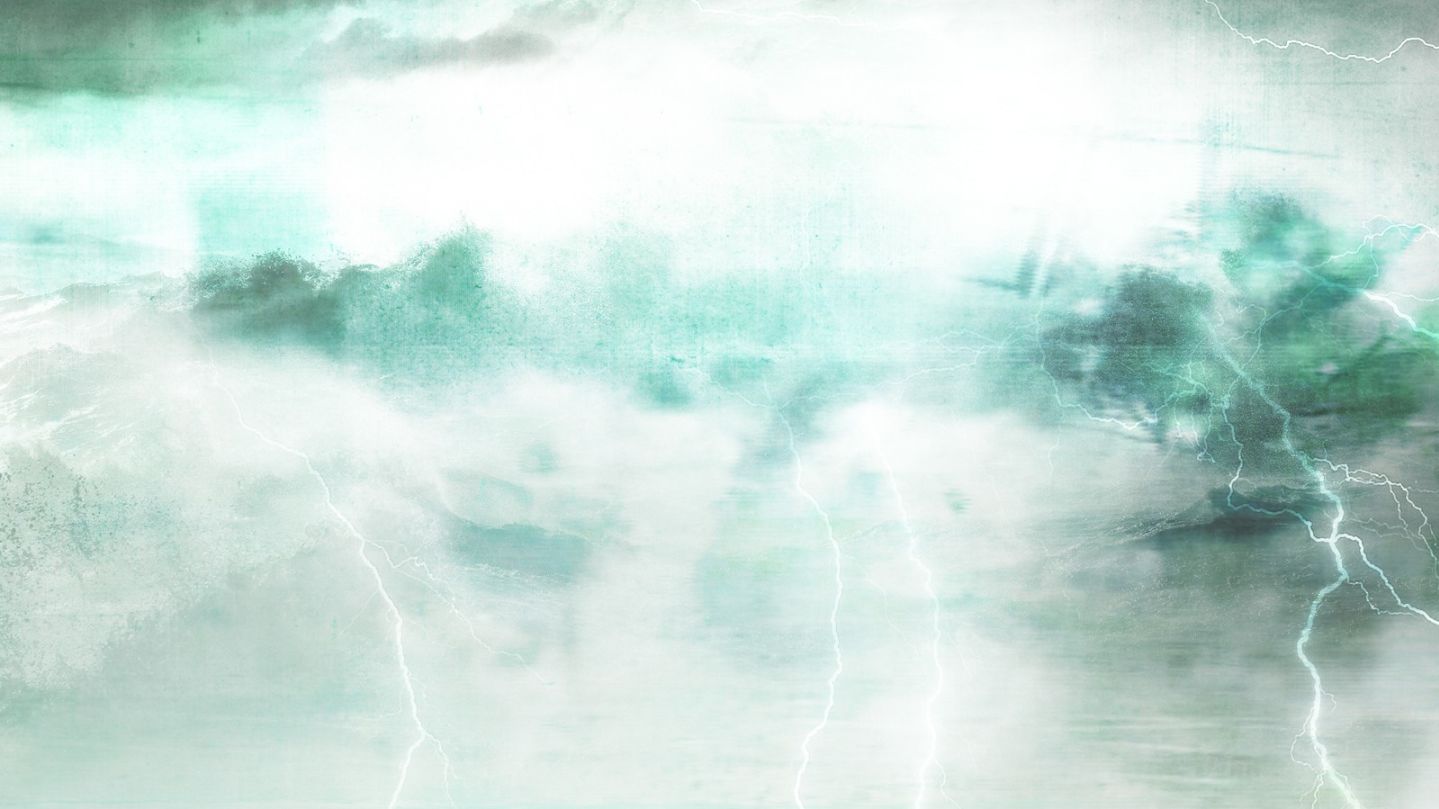Bomb. It’s not a word you can say on an airplane (cue Ben Stiller). You also have to be careful when using it to describe a storm system.
You hear the phrase “bomb cyclone” popping up off and on in weather stories. Here’s what it means:
What makes a storm a bomb cyclone?
• Bomb cyclone is a term given to a rapidly strengthening storm that fulfills one important criterion.
• Generally, pressure must drop 24 millibars (a unit of pressure) within 24 hours.
• However, that benchmark is also based on the latitude of the storm. So, the millibar requirement can change depending on where the storm forms.
But why’s it called that?
The term bomb cyclone can be traced back to a meteorological research paper published in a 1980 edition of Monthly Weather Review.
Its authors, MIT meteorologists Fred Sanders and John Gyakum, built upon work by Swedish meteorology researcher Tor Bergeron, who had initially defined “rapidly deepening” storms as those that met the 24 millibars-in-24 hours criterion.
But Bergeron was way up in Scandinavia, where storms strengthen much quicker because of the latitude (remember the Coriolis effect?).
Sanders and Gyakum adjusted the ground rules to vary based on latitude. And they added the term “bomb” because of the explosive power that these storms derive from rapid pressure drops (though Gyakum reportedly doesn’t use that word anymore because of its reference to weaponry).
How do you adjust the rules?
Since you read down this far, I feel obligated to give you the actual equation (and if you love it, perhaps you should consider pursuing a career in meteorology!).
To calculate the pressure drop needed for a bomb cyclone, you take the sine of the latitude where the low pressure is located and divide it by the sine of 60 degrees (and you thought you would never use trigonometry).
Why 60 degrees? That’s the latitude where Bergeron was when he developed the initial scale.
Once you do the calculation, you multiply that result by 24, and that is the number of millibars the storm’s pressure must drop to officially qualify it as a bomb cyclone at the given latitude.



